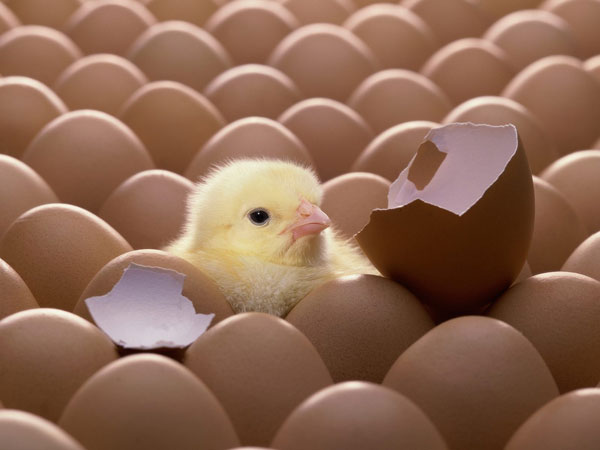Phu Tho produces chicken breeds by artificial insemination
The success of the chicken production model by artificial insemination method at the Animal Breeding Center in Phu Tho province not only provides breeders with high quality, clean chickens but also contributes to preserving many breeds of chickens. precious
In 2011, the Livestock Breeding Center of Phu Tho province started raising 550 parent chickens, the development process up to now has nearly 2,500 parent chickens to produce quality hybrid chicken breeds supplied to the above farmers. Phu Tho province.

From that gene source, in April 2012, the Center began to apply the artificial insemination of chickens to produce high quality hybrid chicken for farmers.
Ms. Nguyen Thi Lan Anh - Technical staff of the Center said: Chicken artificial fertilization is a new technical progress in Vietnam. Artificial insemination will help test the sperm of the rooster before breeding, improve the quality of embryo eggs, create high quality chicken breeds, good disease resistance. Normally, direct fertilization of 100 eggs can produce about 70 chicks, artificial insemination can reach 90 - 95 chicks and chicken breeds more evenly.
According to Mr. Tu Anh Son - Director of Phu Tho Breeding Center, artificial insemination has many advantages such as low infection rate, conservation of precious and clean chickens, saving of breeds and donations. part to improve the quality of breeds. Next time we will gradually shift from direct fertilization to artificial insemination in the production of breeding chickens to produce quality chicken breeds and reduce costs for farmers. In addition to artificial insemination of high quality hybrid chicken breeds, the Center has also bred, produced and preserved many chicken breeds.
Successful chicken artificial insemination has opened a new direction for Phu Tho livestock industry. High-quality, disease-free breeds, ensuring food hygiene and safety are an indispensable need to develop animal husbandry in a sustainable manner and at the same time meet the increasing demands of consumers.
- Speed up the process of developing artificial insemination
- 8 misconceptions about artificial insemination
- Artificial insemination - the reverse side of the miracle
- Create baby elephants from frozen sperm
- Rhino was born with the first artificial insemination method in the United States
- The group of Japanese students successfully conducted chicken hatching experiments without shells
- New techniques help increase the effectiveness of artificial insemination
- Artificial insemination for rhinos
- Japan successfully selected sex for artificial insemination rats
- He approached the fertilization from three people's DNA
- Koala was born with a new method of artificial insemination
- New artificial insemination method from human bone marrow
 'Barefoot engineer' invents a pipeless pump
'Barefoot engineer' invents a pipeless pump Process of handling dead pigs due to disease
Process of handling dead pigs due to disease Radiometer
Radiometer Warp Engine: Technology brings us closer to the speed of light
Warp Engine: Technology brings us closer to the speed of light